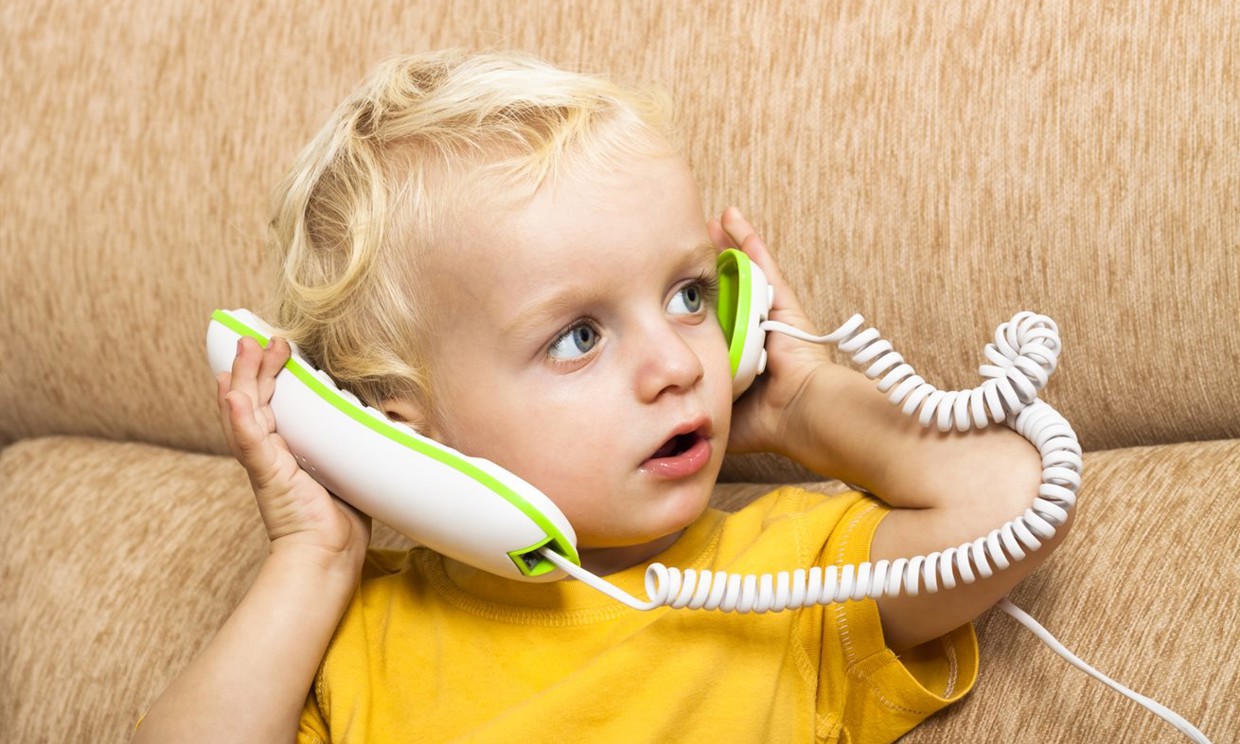Twenty per cent of children have difficulty with language, and children with a language impairment are six times more likely to have a reading problem, according to Goodstart Early Learning speech pathologist Kira Sinclair-Thomson.
At a free public seminar, held by Goodstart Early Learning at Springvale, Victoria, Ms Sinclair-Thomson offered parents explanations and demonstrations of strategies which can amplify children’s communication and emergent literacy development.
The aim was to equip parents with tools to build communication and literacy-rich environments within their everyday home routines.
Ms Sinclair-Thomson said if a child had a difficulty with language in the early years, without intervention or appropriate support, the gap between them and their peers who have normally developing language tends to stay or get larger.
Long-term implications of speech and language impairment can include poor academic achievement, risk to mental health, reduced employment options and social isolation.
Ms Sinclair-Thomson said parents could definitely play an active role in their child’s communication journey, whilst remembering that every child was different and milestones were indicators of development.
Ms Sinclair-Thomson said it was important to focus on strategies to support communication development in the home as research indicates exposure to communication and literacy rich environments can have a very positive impact on children’s development and academic achievement.
Understand
Understand
At a free public seminar, held by Goodstart Early Learning at Springvale, Victoria, Ms Sinclair-Thomson offered parents explanations and demonstrations of strategies which can amplify children’s communication and emergent literacy development.
The aim was to equip parents with tools to build communication and literacy-rich environments within their everyday home routines.
Ms Sinclair-Thomson said if a child had a difficulty with language in the early years, without intervention or appropriate support, the gap between them and their peers who have normally developing language tends to stay or get larger.
Long-term implications of speech and language impairment can include poor academic achievement, risk to mental health, reduced employment options and social isolation.
Ms Sinclair-Thomson said parents could definitely play an active role in their child’s communication journey, whilst remembering that every child was different and milestones were indicators of development.
Ms Sinclair-Thomson said it was important to focus on strategies to support communication development in the home as research indicates exposure to communication and literacy rich environments can have a very positive impact on children’s development and academic achievement.
Some early guidelines for parents:
By one year of age, children
- Begin to say their first word/s
- Respond to their name
- Smile and laugh
- Make eye contact
- Babble and repeat sounds
- Use gestures to communicate
By two-years of age, children
- Can understand more than they can say
- Follow simple instructions and understand simple questions
- Begin to use two word sentences
- Imitate other toddlers
- May use the same word for many things
By three years of age, children
Understand
- One-step and two-step instructions
- Who, what and where questions
- Basic concepts
- Listen to and enjoy hearing stories for longer periods of time
- Use three to four words in a sentence (“mummy get in car” or “put sock on foot”)
- Able to ask for help when they need it
- Have mastered many different speech sounds
- Unfamiliar people will be able to understand what the child is saying about 75 per cent of the time
- They will be able to play and talk, for example, giving voices to the toys they are playing with
By four years of age, children
Understand
- Most things you say and will follow instructions with two-three steps
- Opposites, such as big/little or hot/cold
- Family words, such as grandfather or aunty
- Identify some letters and numbers when you name them
- Can count up to four objects and sort them by shape and colour
Talk
- Uses a lot of sentences that have five or more words
- Ask when, how and why questions
- Says rhyming words, such as cat, pat, mat
- Mastery of more complex sounds, such as “sh” and “ch”
- People outside of the family understand the speech
- Use basic feeling words such as happy, sad, cold


